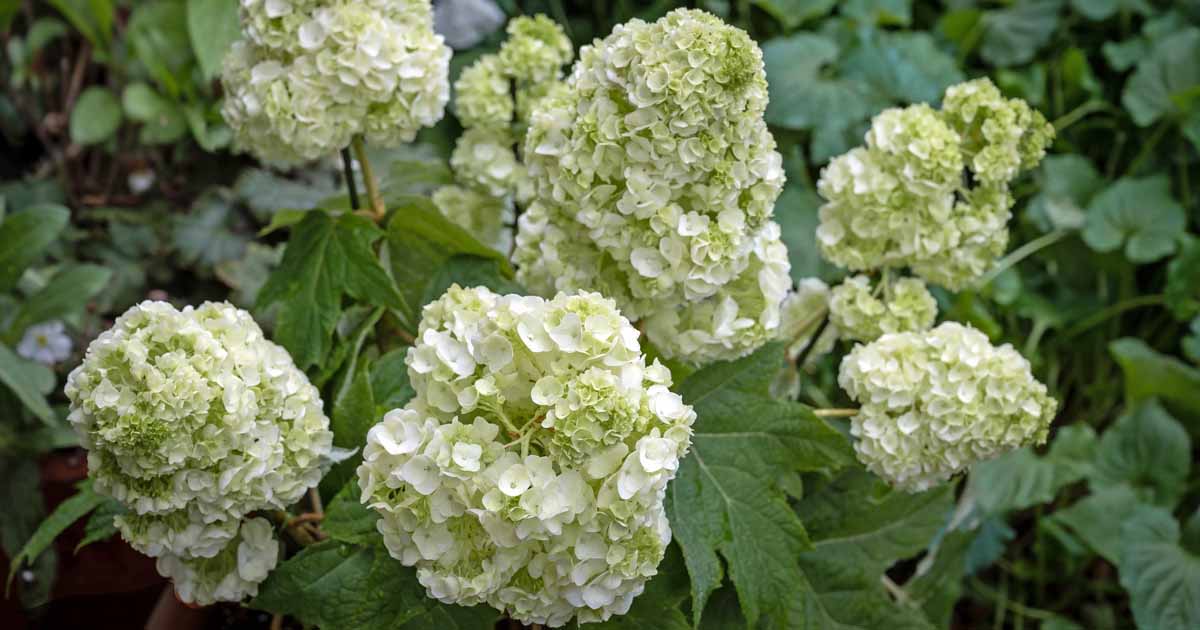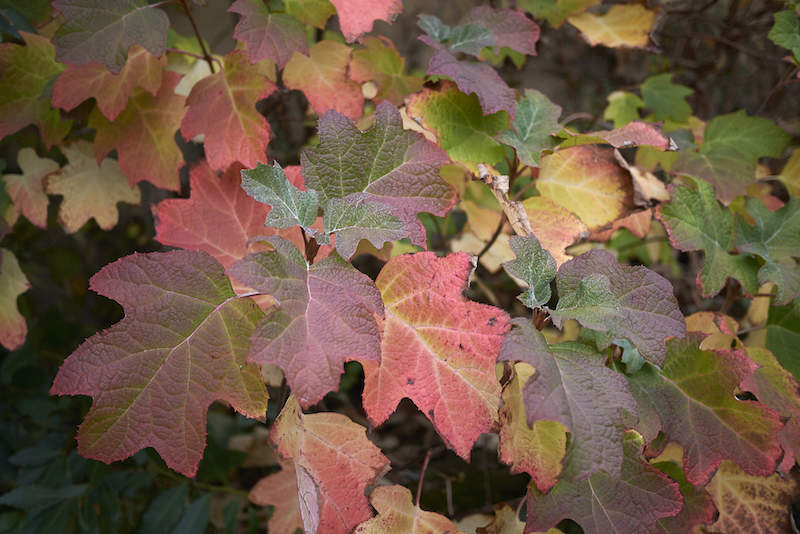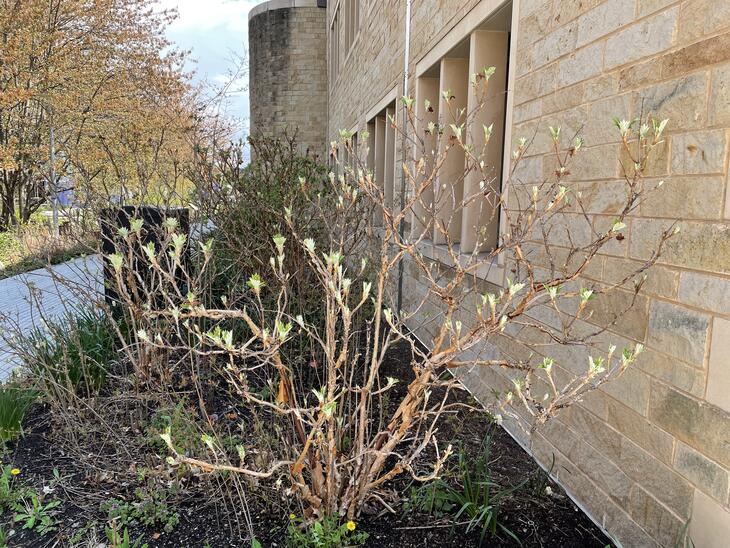Oak Leafed Hydrangea: The Showstopping Shrub That Will Bloom All Summer Long
Oak Leafed Hydrangea: The Show-Stopping Shrub That Will Bloom All Summer Long
Oak leafed hydrangeas (Hydrangea quercifolia) are one of the most popular shrubs in North America. They are known for their large, showy blooms that can last for several months. Oak leafed hydrangeas are also relatively easy to care for, making them a good choice for even novice gardeners.
Introduction
Oak leafed hydrangeas are native to eastern North America, where they grow in moist, shady forests. They are deciduous shrubs that can grow up to 15 feet tall. The leaves are large and lobed, with a distinctive oak-like appearance. The flowers are produced in large, cone-shaped clusters in late spring and summer. The flowers can be white, pink, or blue, depending on the soil pH.
Main Content
Oak leafed hydrangeas are a versatile plant that can be used in a variety of settings. They are often planted as focal points in flower beds or borders. They can also be used as hedges or screens. Oak leafed hydrangeas are relatively low-maintenance plants. They need full sun or partial shade and moist, well-drained soil. They should be watered regularly, especially during hot, dry weather. Oak leafed hydrangeas are hardy in USDA zones 5-9.
Blooming Period
Oak leafed hydrangeas typically bloom from late spring to early fall. The exact blooming period can vary depending on the variety and the climate. In warm climates, oak leafed hydrangeas may bloom for as long as six months.
Pests and Diseases
Oak leafed hydrangeas are generally resistant to pests and diseases. However, they can be susceptible to aphids, scale, and spider mites. These pests can be controlled with insecticidal soap or neem oil. Oak leafed hydrangeas can also be susceptible to leaf spot and powdery mildew. These diseases can be prevented by watering the plant at the base and avoiding overhead watering.
Propagation
Oak leafed hydrangeas can be propagated by cuttings or division. Cuttings should be taken in early spring from new growth. Division can be done in fall or spring.
Conclusion
Oak leafed hydrangeas are a beautiful and versatile shrub that can add a touch of elegance to any garden. They are relatively easy to care for and can be grown in a variety of climates. If you are looking for a show-stopping shrub that will bloom all summer long, oak leafed hydrangeas are a great choice.
Oakleaf hydrangeas (Hydrangea quercifolia) are beautiful, versatile shrubs that can add a touch of elegance to any garden. With their large, oak-shaped leaves and showy, white flowers, oakleaf hydrangeas are sure to turn heads.
If you're thinking about adding an oakleaf hydrangea to your garden, I encourage you to visit . This website has a wealth of information about oakleaf hydrangeas, including how to grow them, care for them, and propagate them.
also has a blog that features articles about all aspects of gardening, including hydrangeas. In addition, the website has a forum where you can ask questions and get advice from other gardeners.
I think you'll find to be a valuable resource for all things oakleaf hydrangea. So what are you waiting for? Visit the website today!
FAQ of oak leaved hydrangea
Q: What are the best conditions for growing oakleaf hydrangeas?
A: Oakleaf hydrangeas are relatively easy to grow, but they do best in full sun to partial shade and well-drained soil. They are also tolerant of a wide range of pH levels, but they will produce the best blooms in acidic soil.
Q: How do I care for oakleaf hydrangeas?
A: Oakleaf hydrangeas need regular watering, especially during the first year after planting. They also benefit from a monthly application of fertilizer during the growing season. In the fall, you can add a layer of mulch around the base of the plant to help protect the roots during the winter.
Q: How do I deadhead oakleaf hydrangeas?
A: Oakleaf hydrangeas do not need to be deadheaded. In fact, deadheading can actually prevent the plant from producing new blooms. However, you can remove any spent blooms if you prefer a neater appearance.
Q: How do I propagate oakleaf hydrangeas?
A: Oakleaf hydrangeas can be propagated from cuttings. To take a cutting, choose a healthy stem that is about 6 inches long. Cut the stem just below a node, and remove the bottom leaves. Dip the cutting in rooting hormone, and plant it in a pot of moist potting mix. Place the pot in a bright, indirect location, and keep the soil moist. The cutting should root in about 4-6 weeks.
Q: What are some common pests and diseases that affect oakleaf hydrangeas?
A: Oakleaf hydrangeas are relatively resistant to pests and diseases. However, they can be susceptible to aphids, scale, and leaf spot. If you notice any pests or diseases on your plant, you can treat them with insecticidal soap or neem oil.
Image of oak leaved hydrangea
- A large oak leaf hydrangea in full bloom. The flowers are a light pink color.

- A close-up of the flowers of an oak leaf hydrangea. The flowers are made up of many small petals that are arranged in a spiral.
- A cluster of oak leaf hydrangea flowers in shades of pink and white.
- An oak leaf hydrangea in fall. The leaves have turned a golden brown color.

- An oak leaf hydrangea in winter. The leaves have fallen off, but the branches are still covered in the dried flower heads.

Post a Comment for "Oak Leafed Hydrangea: The Showstopping Shrub That Will Bloom All Summer Long"